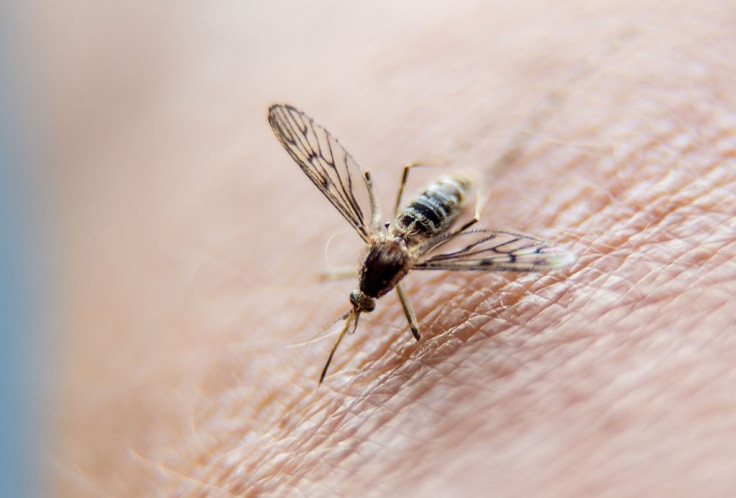Nasa satellite data helps researchers forecast malaria outbreaks weeks ahead
Environmental data from space will be used to mitigate the spread of the disease.

A group of Peruvian government-backed researchers is using data from Nasa satellites to predict Malaria outbreaks nearly three months in advance.
The researchers are using environmental data from satellites to help predict the areas that could serve as a breeding ground for Malaria transmitting mosquitoes. According to Nasa, "predicting where these mosquitos will flourish relies on identifying areas with warm air temperatures and calm waters, such as ponds and puddles, which they need for laying eggs".
The data from the agency's satellites is being fed into a computer model called Land Data Assimilation System (LDAS), which provides information on precipitation, temperature, soil moisture, forestation, and vegetation – all factors that define where standing pools of water are most likely to form.
But, tracking mosquitoes is just one piece of the puzzle. In order to anticipate and control an outbreak, researchers also need to know where people are likely to get infected. For this, a regional and agent-based model is used.
"The regional model will provide a big-picture look at how humans, mosquitoes, and the disease are located and where they're headed based on how those variables interact," while the Agent-based model will map every agent and compare that data with LDAS "to assess the probability of when, where and how many people are expected to get bitten and infected with the disease" – giving results at the household level.
"The key to our malaria forecasting tool lies in pinpointing areas where prime breeding grounds for these mosquitos overlap simultaneously with human populations," said principal investigator William Pan in a statement. He also noted their models, which are still being refined, can predict Malaria outbreak 12 weeks in advance while simulating the result of different actions that could be taken to prevent the spread of the disease.
Malaria spreads in tropical regions such as the Amazon, but predicting the outbreak of the disease has not been easy, particularly on a large scale. In the past five years, Peru has recorded thousands of malaria cases, with the numbers going as high as 65,000 in 2014 and 2015.
© Copyright IBTimes 2025. All rights reserved.





















